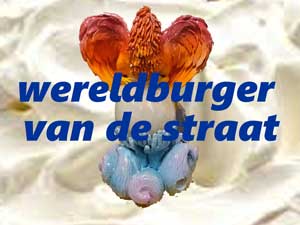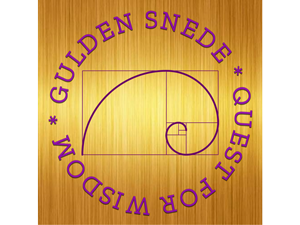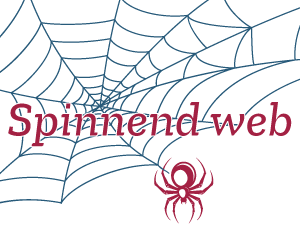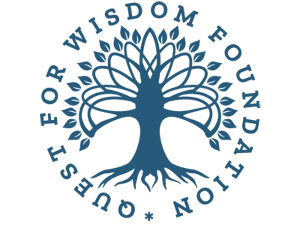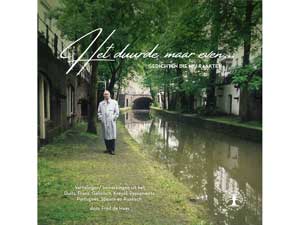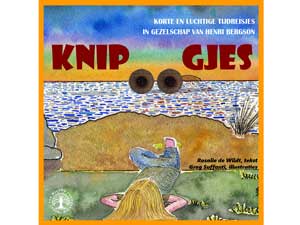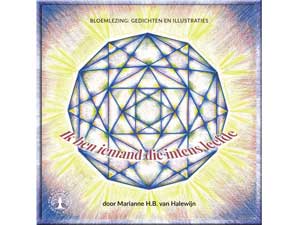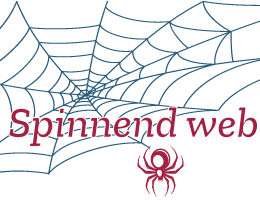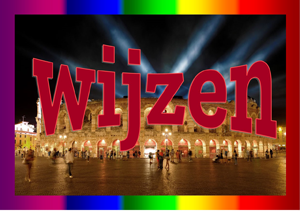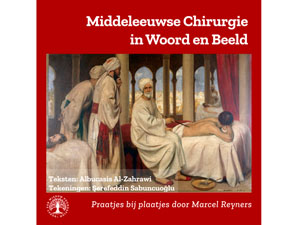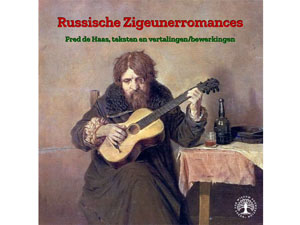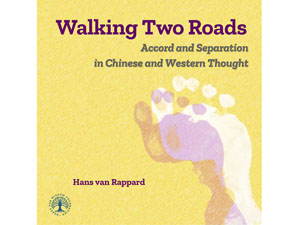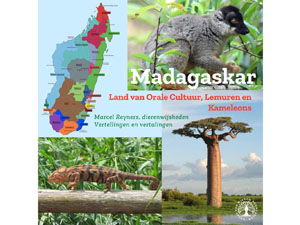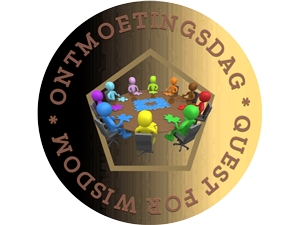An intercultural communicative and philosophical praxis
Hoofdredactie
Met blijdschap en trots deelt de Quest for wisdom foundation het heugelijke bericht dat de interculturele en filosofische achtergronden bij het door de QFWF uitgegeven Adinkraspel het licht heeft gezien.
Het is een hoofdstuk van de hand van de auteurs van het Adinkraspel: Louise Müller, Kofi Dorvlo & Heidi Muijen, met de titel
“The Adinkra game: an intercultural communicative and philosophical praxis”
in een boek over het belang van (inter)culturele aspecten in educatie.
Het is uitgegeven door de Finse Universiteit van Turku:
Metsärinne, M., Heino, T., Korhonen, R. & Esko, M. (eds.) (2019). Maailmanperintö ja kulttuurikasvatus. World Heritage and Cultural Education. Rauma Teacher Training School. University of Turku.
Het is vrij verkrijgbaar als e-boek: Culture and Tradition at School and at Home (2021)
Het hoofdstuk over Adinkra is te vinden op pp.192-224 van dit downloadbare boek
The book is freely available so everyone can download it from here: Culture and Tradition at School and at Home (2021). Feel free to share the link within your research network.
Summary
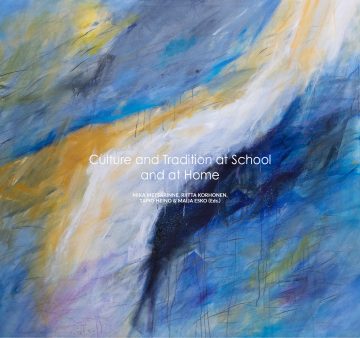
In 2020, an international team of intercultural philosophers and African linguists created a multilinguistic game named Adinkra. This name refers to a medieval rooted symbolic language in Ghana that is actively used by the Akan and especially the Asante among them to communicate indirectly. The Akan is both the meta-ethnic name of the largest Ghanaian cultural-linguistic group of which the Asante is an Akan cultural subgroup and of a Central Tano language of which Asante-Twi is a dialect. The Adinkra symbols, which have permeated Akan life and the arts, can be found e.g. on Asante royal staffs and gold weights. They are also loosely connected to Akan proverbs. The game Adinkra aims to enhance its players’ intercultural communicative, and moral philosophical understanding by matching Adinkra symbols with Akan proverbs. It was created for educational and therapeutical purposes. This article focusses on the rules, the making of Adinkra, its aims and objectives.
The objective of this article is twofold. First, it focusses on the game itself. It elaborates on what its rules are and the content of the game. It also focusses on how playing the multilinguistic game, Adinkra can enhance intercultural understanding and communication. It, furthermore, concentrates on the results of a pilot reception study of this game in the Netherlands among intercultural groups of players. This study has proven that the Adinkra game stimulates creative thinking, engagement in dialogue and reflective ethical thinking. For this reason, the authors believe that it has a lot to contribute to intercultural educational programs with a focus on intercultural communication, philosophy and arts in both Africa and the global North. Finally, a section is devoted to the question of how the Adinkra game was developed and methodologically grounded in Gadamer’s playful hermeneutics, and the theories of the Wheel of the Intercultural Art of living and (African) Indigenous Religions.
Secondly, the article focusses on the game’s oral-literary storytelling context and Akan moral ideas. It then throws the searchlight on the creative, therapeutic value and its potential to serve as a ‘cultural detox’.
The authors and game makers think that being introduced to an African communitarian ethos hidden in the Adinkra symbols and Akan proverbs can help its players to develop a critical eye for the highly individualistic ethos of Western culture that, among others, is promoted by neoliberal thinking and praxis. The word praxis is used by the authors in the meaning found in educational contexts. Adinkra’s players are stimulated to reflect upon a different moral idea, which can change their mindset and put them into action to contribute to social awareness and societal change.


